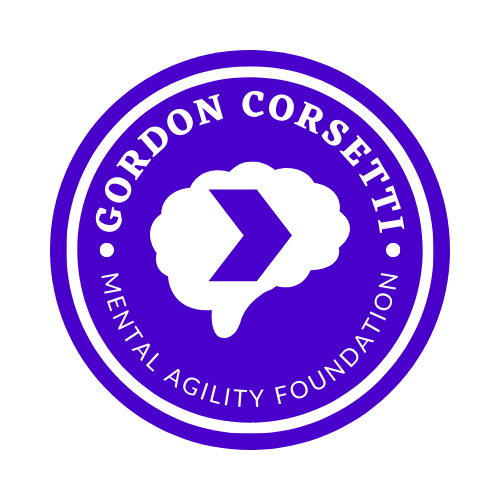On Contemplating Suicide
/Robert Lowell
If there were some little switch in the arm which one could press in order to die immediately and without pain, then everyone would sooner or later commit suicide.
- Robert Lowell
As human beings, we can contemplate our mortality. We learn about death. We see it as children after a pet is put down, or a family member passes and we’re stuffed into suits or dresses and forced to be quiet for reasons we’re not completely sure about. But we know those reasons are serious.
Eventually we learn that everything alive will die. Quickly followed by the realization that we are alive and, as such, are not exempt from this rule.
Since we can imagine our own death we can also imagine taking our own lives, and I wager that every person who lives long enough to imagine dying also thinks, maybe just once, about killing themselves. Sure it may not be as detailed as, “I will slit my wrists and bleed out,” but along the lines of, “The world would be better off without me,” or, “I hope the plane I’m on will crash.”
We’re all human. We’ve read enough, heard enough, and seen enough about the inevitability of death. And each of us has likely had a passing thought about not being among the living anymore. It’s normal. It means you are alive enough to devote a few brain cells to contemplate how you will leave this world. Despite Mr. Lowell’s quote, human beings have an innate fear of death and a strong inclination to delay its arrival.
We are alive because our ancestors fought to survive in environments more dangerous than anything we could possibly imagine. Survival is in our genes, and bypassing that instinct is terribly difficult.
But now, I am on the difficult tightrope of NOT romanticizing suicide. Because it is difficult to do, managing to do it could be considered an accomplishment to a distorted mind. It certainly was for me. Romantic ideas are why people consider jumping off the Golden Gate Bridge. As Dr. Thomas Joiner writes in Why People Die By Suicide:
Why does it matter that one’s location of death be beautiful? One possibility is the merging of needs for nurturance and death that occurs in the suicidal mind.
For me, it was the desire for order. Since I felt that I lacked control over any aspect of my life, there was a romantic idea that I could make the end of my life entirely the way I wanted. Ideas turned into fantasies, fantasies into obsessions, and obsessions into plans.
Thoughts, by themselves are harmless. I can think about jumping off something really high without consequence, but if I start figuring out the details, that is when the danger starts. It’s the same as any goal a person thinks about. I can think about becoming say, an electrician, but if I don’t do anything to make those thoughts manifest in reality then I’m just thinking and there is very little chance that I’m going to stumble into the profession without any work.
The big difference between thinking about suicide and thinking about starting a career as an electrician is that most people will hide the former and pronounce the later.
If I say to my friends: “I’m thinking about starting a new career as an electrician,” and they say “Whoa, okay cool. What’re you doing to make that happen?” If I don’t have an answer I’m probably not that serious about it.
Same with if I say to my friends: “I don’t want to be here anymore,” and they say “What do you mean? Do you have a plan to hurt yourself?”
I might say: “I wouldn’t go that far; I’m just really sad and tired all the time.”
Or I might say: “Kinda, I mean I’ve been looking up hotels downtown with luxury balcony suites, but I’m not doing anything.”
The former is a feeling, an idea, a concept.
The latter is the first concrete proof of a plan. Both need to be addressed, but the tact will be different.
Learn more about the warning signs of suicide and resources available to family and friends with concerns at:
https://afsp.org/about-suicide/risk-factors-and-warning-signs/
Donate to my Team “This Too Shall Pass” for the AFSP Out of the Darkness Walk in Baltimore on 11/3 at
https://afsp.donordrive.com/participant/Gordon-Corsetti








